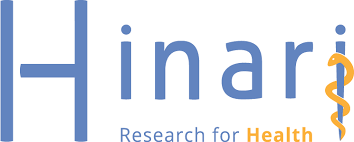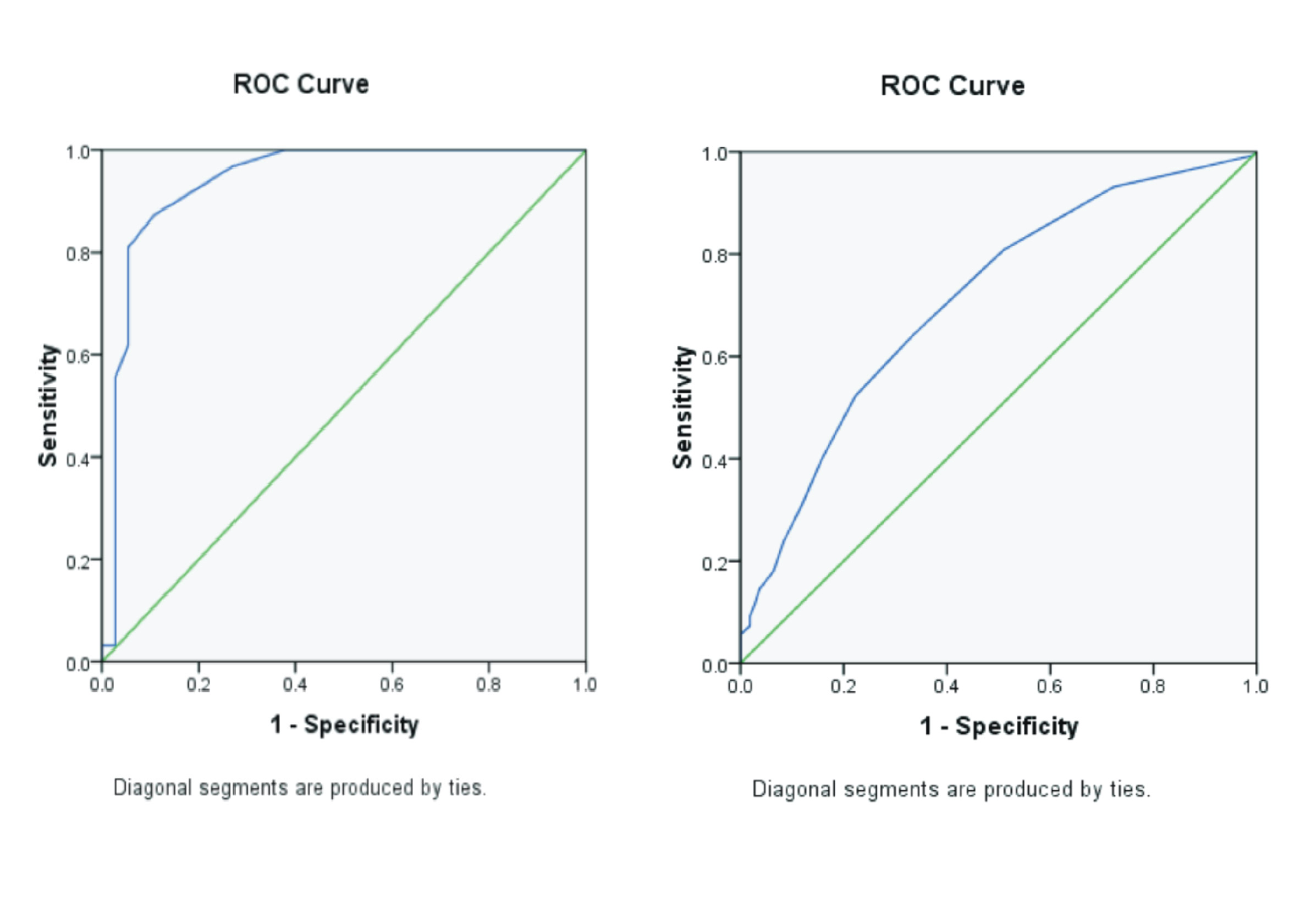Editorial Policies
- Focus and Scope
- Section Policies
- Peer Review Process
- Publication Frequency
- Open Access Policy
- Archiving
- Article Processing Charge
- Plagiarism Screening
Focus and Scope
The scope of this journal has various aspects of science in the field of Vocational Health, such as:
1. Medical Laboratory Technology;
2. Radiology Imaging, Radiography, Radiation Protection, Imaging Diagnostic;
3. Public Health, Environmental and Occupational Health;
4. Health Professions.
Specially focus on research about the development of diagnostic technique, treatment, prevention of diseases and health problems within Asia and Africa.
Journal of Vocational Health Studies accepts submissions from all over the world. All accepted articles will be published on an open-access basis and will be freely available to all readers with worldwide visibility and coverage.
Section Policies
Original research article
Literature review
Case study
Peer Review Process
All manuscripts submitted to this journal (Journal of Vocational Health Studies) must follow the Focus and Scope and Author Guidelines of this journal. The submitted manuscript to this journal can be written in English. The manuscript must not have been published or submitted for publication elsewhere.

All submitted manuscripts must be free from plagiarism content. All authors are suggested to use plagiarism detection software to do the similarity checking (please use Turnitin to check the similarity). Editors will also check the similarity of manuscripts in this journal by using Turnitin software. All reviews are conducted in a double-blind review. The Editor in chief is responsible for overseeing all correspondence with the author and making the final decision regarding the paper's acceptance, rejection, or return to the author for revision. The time interval from the date the manuscript is submitted to the acceptance for publication varies, depending on the time required for review and revision.
There are four main reasons why manuscripts are typically rejected: (1) The subject of the manuscript does not align with the journal's scope. It may be more appropriate for publication elsewhere. (2) The substance of the manuscripts does not align with the standards of the JVHS. There may be incomplete data, inappropriate methodology, a lack of novelty, and no advancement of existing knowledge. Additionally, there may be inconsistencies among objectives, research design/method, evidence, and conclusion. (3) The manuscripts are not written in accordance with the guidelines outlined in the "Guide for Authors" section of the JVHS. (4) The manuscripts may be rejected without a review process or be rejected during the manuscript’s flow process if the authors do not revise them according to the suggestions provided by the reviewers and the editorial board, and do not provide a response/rebuttal against the suggestions. The following manuscript’s flow process in the Journal of Vocational Health Studies consists of several stages.
- Step 1: Manuscript submission
The author submitted their manuscript online and supplementary files through the journal’s submission system. However, if the author does not have an account, they can register as an author and complete the registration form.
- Step 2: Initial screening
The editor will check the submitted manuscript and the supplementary files. If the author does not include the supplementary files, the editor must request them from the author with a dateline given. Meanwhile, the author who has completed the supplementary files, the editor will check the submitted manuscript to make sure it follows the writing instruction of JVHS. If the manuscript does not align with the editor's initial review criteria, the author will be given the opportunity to revise their manuscript according to the given criteria, with a dateline given.
We will reject a manuscript without review if the author has incompletely submitted it and it is overdue. At this stage, no judgment will be made on the potential impact of the manuscript. Rejection at this stage will be decided by the Editor in Chief. The manuscripts that pass the initial review by the editor will be forwarded to the Managing Editor to determine the editor will handle it.
- Step 3: The first section assessment by the managing editor and the editor
The editor will receive the manuscript ready for assessment, along with the review form (for the editor). If the editors have a conflict of interest, they should disclose it immediately to the managing editor. The managing editor is to obtain another editor to handle the manuscript. The editor should then send the author the result of the first assessment along with a dateline for the revision. If the manuscript has passed the initial editor's assessment, it will then be sent to the reviewers who are experts in the field of the manuscript, and we ensure that those selected do not have any immediate connection to the author's professional work group.
- Step 4: Double-blind reviewer
The submitted manuscripts to this journal will be peer-reviewed by at least 2 (two) or more expert reviewers from the internal and external of the publisher institution, please check the Peer-Reviewers Team. Reviewers will provide scientifically valuable comments to improve the manuscript's content. The review process used in this journal is a double-blind review system. To ensure confidentiality, all identifying information about the author will be removed.
The reviewers will receive the manuscript ready for assessment, along with the review form (for the reviewer). The reviewer offers constructive feedback that contributes to enhancing the manuscript's scientific value. Any invited reviewer who has a conflict of interest should immediately notify the editor to declare their conflicts of interest and decline the invitation to review so that alternative reviewers can be contacted.
The author should respond to each point made by the reviewer or provide a rebuttal, and must provide a clear response if some of the comments can't be revised. The authors are requested to revise their work within 2 weeks for a manuscript accepted with major revision and 1 week for a manuscript accepted with minor revision. After the manuscript has been revised by the author, the editor will send it back to the reviewer to ensure that all revisions have been completed.
- Step 5: The second section assessment by the editor
At this step, the editor ensures that all comments from reviewers have been properly addressed. Then, assess the manuscript content again. If the manuscript needs to be revised again, it should be sent back to the author with a dateline given.
- Step 6: Assessment by Editor in chief
The editor in chief of the Journal of Vocational Health Studies is responsible for ensuring that all manuscripts under consideration for publication undergo blind peer review. The manuscripts that complete the manuscript's flow process properly and meet the requirements of the journal's editorial policies will be considered for publication. The editor in chief may confirm with other editors or reviewers on whether it is suitable for publication, needs further revision, or is completely rejected if the author did not conduct the necessary revisions.
The final decision of manuscript acceptance is solely made by the Editor in Chief according to reviewers' critical comments. The Editor's final review, which considers peer-reviewer comments, determines the manuscript's fate. However, the decision is not solely based on the reviewer's assessment.
- Step 7: Final check and proofread
In this step, the editor re-checks the manuscript and the plagiarism using Turnitin. Manuscripts are proofread by professional proofreaders and then sent back to the author for revision (if needed). Publication of accepted articles, including assigning the article to the published issue, will be made by the Editor in Chief by considering the sequence of accepted dates.
- Step 8: LoA
The letter of acceptance (LoA) is issued upon the successful completion of the manuscript’s flow process and the manuscript's readiness for publication.
Publication Frequency
The Journal of Vocational Health Studies is published three times a year, in March, July, and November. It is published by the Faculty of Vocational Health Studies, Universitas Airlangga.
Open Access Policy
Journal of Vocational Health Studies (JVHS) provides immediate open access to its content by making research freely available for the public and supports a greater global exchange of knowledge.
The Authors submitting a manuscript do so on the understanding that if accepted for publication, the copyright of the article is transferred to the Journal of Vocational Health Studies whilst the moral right of the publication belongs to the author.
Archiving
This journal utilizes the PKP PN, LOCKSS, and CLOCKSS systems to create a distributed archiving system among participating libraries and permits those libraries to create permanent archives of the journal for purposes of preservation and restoration.
Article Processing Charge
Journal of Vocational Health Studies (JVHS) is an open-access journal and does not charge article publication charge (APC) for submitting, processing, or publishing articles. This includes peer-reviewing, editing, publishing, maintaining, archiving, and allowing immediate access to the full-text versions of the article.
Plagiarism Screening
It is the policy of this journal to use automated software, like TURNITIN to check for plagiarism in all submitted manuscripts. The journal cannot accept any plagiarism in any manuscript, as manuscripts found to contain plagiarism will be rejected immediately. Manuscripts are processed to peer review process if the similarity index is less than 20%. The results of this automated detection are forwarded to the Section Editor and will serve as the preliminary check for plagiarism. Additionally, plagiarism may be identified during the review process by the technical reviewers assigned to the manuscript. A final plagiarism check will be conducted after the author finalizes their reviewed manuscript.
When plagiarism is identified, the Section Editor overseeing the manuscript review and the Editor in Chief will agree on appropriate measures based on the extent of plagiarism detected, following the provided guidelines. The Editor in Chief retains the authority to make exceptions to these guidelines on a case-by-case basis.
















































